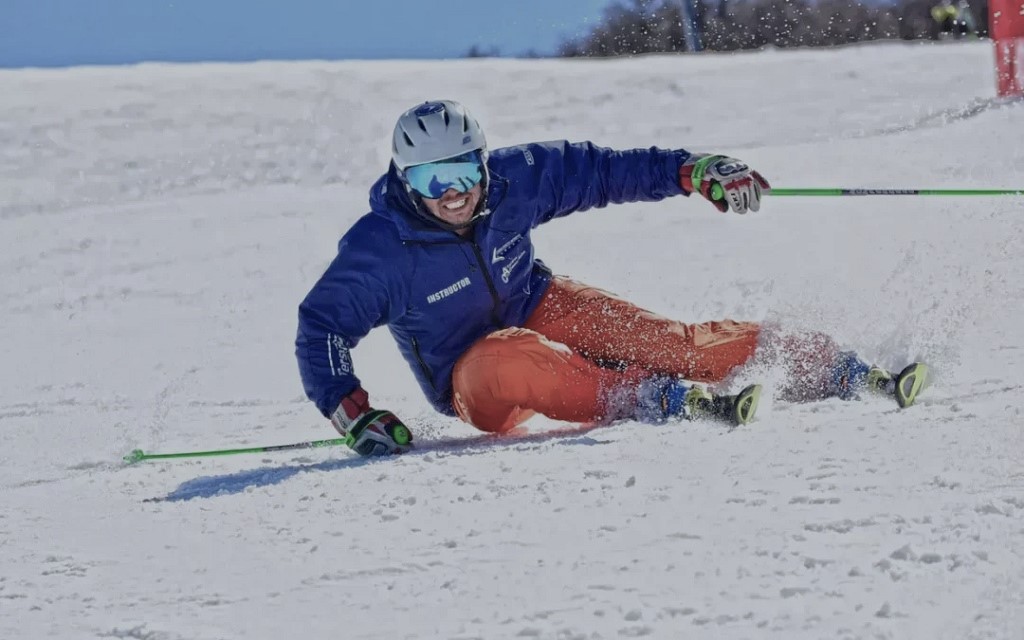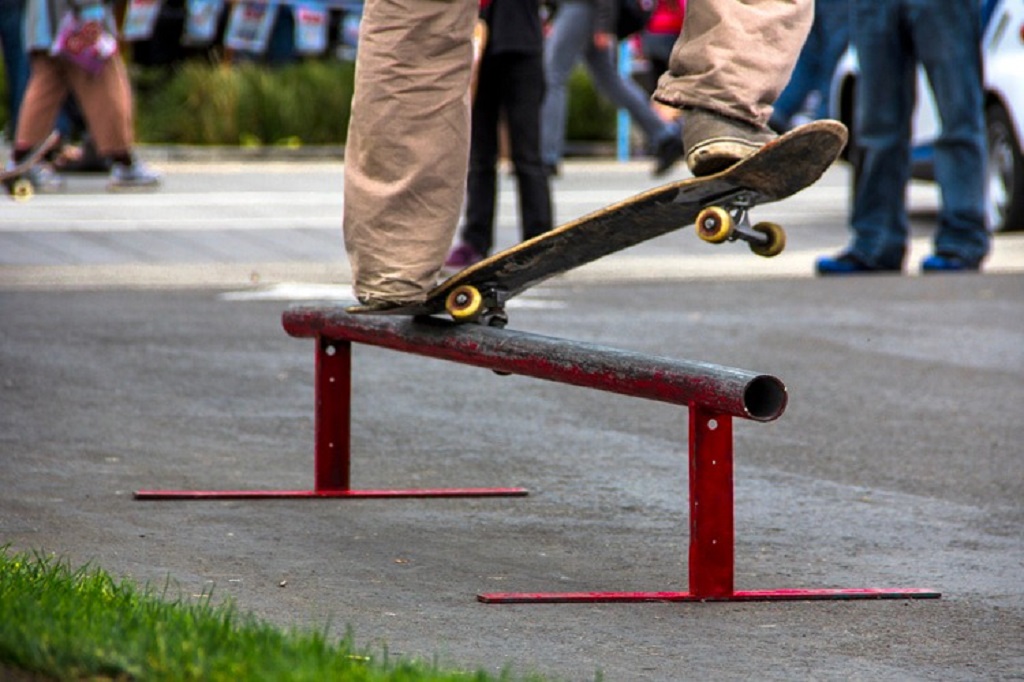Picture yourself gliding down a pristine, snow-covered mountain, the crisp, alpine air brushing against your cheeks. You can feel the rush of adrenaline as you navigate the slopes with grace and precision. Skiing is not just a sport; it’s a captivating experience that combines adventure and skill.
If you’re passionate about conquering the slopes, you’ve come to the right place. In this blog, we will delve into the world of skiing and how you can perfect your form on the slopes. Whether you’re a seasoned pro or a newbie, there’s something here for everyone.
Understanding the Basics of Skiing
Before we dive into perfecting your skiing form, let’s start with the fundamentals. Skiing is an exhilarating winter sport that requires a strong blend of balance, control, and technique.
To get started, you’ll need proper equipment. Ski boots are your foundation. Next, your posture plays a pivotal role. Maintain a slight forward lean, distributing your weight over the balls of your feet. A proper stance is fundamental for balance and control. This brings us to our next topic.
Tips for Perfecting Your Ski Stance
Your skiing stance is the cornerstone of your performance.
- Flex Your Ankles: Keep your ankles slightly flexed, ensuring your shins are pressing against the front of your ski boots. This forward lean encourages control and agility.
- Knees and Hips: Your knees should be slightly bent, and your hips should be pushed forward, promoting balance and responsiveness.
- Arms and Hands: Position your arms forward, with your hands at shoulder height. This stance will help you maintain equilibrium as you navigate the slopes.
- Weight Distribution: Your weight should be centered over your skis. Avoid leaning too far back or forward, as this can lead to loss of control.
Exercises and Drills to Improve Your Skiing Form
Practice makes perfect, and skiing is no exception. These exercises and drills will help you refine your skiing form:
- Parallel Skiing: Start by practicing skiing in parallel. This is a fundamental skill for maintaining control on the slopes.
- Edge Control: Work on your ability to shift your weight to the edges of your skis. This allows for sharper turns and increased precision.
- Carving: Learn the art of carving by making clean, arching turns. Carving is not only satisfying but also efficient in conserving energy.
- Pole Planting: Proper pole planting can help with balance and rhythm. Practice this technique to enhance your skiing style.
Why Foot Health is Integral to Skiing
Skiing places a significant emphasis on the condition of your feet. If your feet are not in a state of comfort, it can adversely impact your overall skiing experience.
Extended periods of being confined within tightly fitting ski boots have the potential to inflict harm upon your feet, leading to the development of various foot ailments, notably bunions and flat feet. The prolonged restriction of your feet within these snug ski boots can result in a range of adverse consequences for your foot health.
Firstly, bunions may form as a result of the constant pressure and friction that snug ski boots exert on the forefoot. These painful bony protrusions, often at the base of the big toe, can cause discomfort and limit your ability to move comfortably. Prolonged exposure to the tight fit of ski boots can exacerbate this condition, making it an uncomfortable and persistent issue for avid skiers.
Additionally, the snug confinement of your feet within ski boots can contribute to the development of flat feet. This condition occurs when the arches of your feet collapse or become less pronounced, often due to the unyielding pressure exerted by tight footwear. Flat feet can lead to pain, discomfort, and an altered gait, impacting your overall skiing experience and potentially causing long-term foot problems.
To address these issues, you may explore various solutions. In today’s world, toe spacers have emerged as a valuable resource. Toe spacers for bunions can effectively alleviate discomfort and enhance the enjoyment of your skiing adventure. While toe spacers for flat feet may not directly address the issue of arch collapse associated with this condition, but they can contribute to better foot stability and balance through improved toe alignment.
The presence of pressure points can lead to discomfort and disrupt your skiing form. It’s important to keep in mind that content and comfortable feet are pivotal to ensuring a more enjoyable skiing experience.
Conclusion
Skiing is a blend of adrenaline, technique, and joy. Perfecting your form on the slopes is a rewarding journey that requires dedication and practice.
So, gear up, hit the slopes, and remember that the thrill of skiing lies not just in reaching the bottom but in how you get there. With the right form and a love for the sport, you can glide down those mountains with style and confidence. Enjoy the exhilarating adventure that skiing offers, and may your turns always be sharp and your feet snugly comfortable. Happy skiing!





